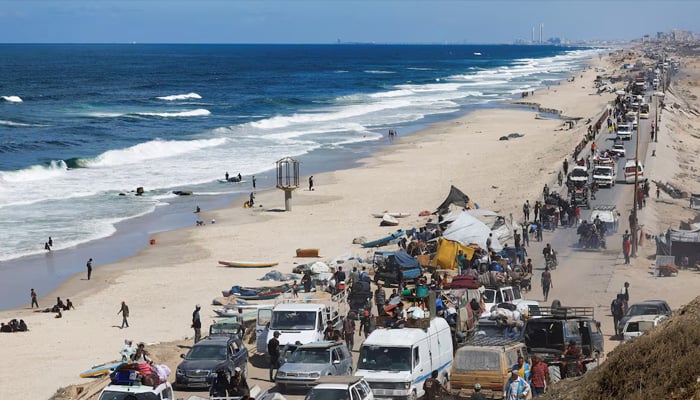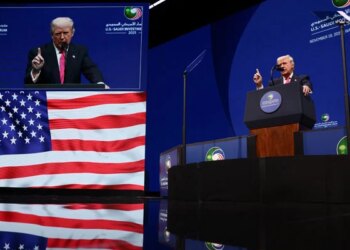Select Language:
Hamas responded on Friday to President Donald Trump’s proposal for Gaza’s future, including steps to end Israel’s conflict in the region.
The militant group, advocating for Palestinian independence, expressed willingness to accept several key elements of Trump’s plan. These included ceasing hostilities, Israel’s withdrawal from Gaza, the release of both Israeli hostages and Palestinian prisoners, increased aid and rebuilding efforts, and opposition to Palestinian displacement from the area.
However, there appeared to be differences between Hamas’ stance and Trump’s blueprint regarding Gaza’s governance and Hamas’ future role in the territory. Hamas indicated it seeks further discussions.
Here is a comparison of Hamas’ statements alongside Trump’s plan:
What parts of Trump’s proposal does Hamas seem open to?
- Releasing Israeli hostages and Palestinian detainees:
Hamas stated it would release Israeli captives in Gaza—both living and deceased—”according to the exchange formula in President Trump’s proposal, contingent on the necessary on-the-ground conditions for the exchange.”
The group did not clarify what is meant by “necessary on-the-ground conditions.” Hamas also expressed readiness to begin immediate negotiations via mediators to iron out details.
Trump’s plan stipulates all hostages would be returned within 72 hours of Israel’s public acceptance. Following that, Israel would free 250 Palestinian prisoners serving life sentences, along with 1,700 Gazans detained since October 7, 2023, including women and children. For each Israeli hostage’s remains released, Israel would free the remains of 15 deceased Gazans.
- Ceasefire, ending the war, and Israeli withdrawal:
Hamas indicated it accepts the framework of an end to hostilities and Israel’s “full withdrawal” from Gaza. Their statement did not specify any phased Israeli withdrawal, reaffirming rejection of Israeli occupation.
Trump’s plan states that “Israeli forces will withdraw to the agreed upon line to facilitate hostage exchanges.” It also mentions a suspension of military actions—including aerial and artillery strikes—during this period, with “front lines remaining static until conditions permit full, staged withdrawal.”
- Increased aid, reconstruction, and no Palestinian displacement:
Hamas welcomed Trump’s call for increased humanitarian aid to Gaza, emphasizing it does not endorse forcing Palestinians to leave their homes.
Trump’s plan commits to providing immediate aid in quantities matching a January 19 agreement. It also aims to rebuild infrastructure, hospitals, bakeries, and facilitate the entry of equipment to clear rubble and restore roads, with aid channeled through the UN, Red Crescent, and other international bodies.
Hamas explicitly rejected Palestinian displacement. The Trump plan assures that “no one will be forced to leave” and those wishing to do so can return freely. It encourages Palestinians to remain in Gaza.
Where does Hamas diverge from Trump’s plan?
-
Foreign supervision of Gaza’s transitional governance:
Trump’s proposal envisions Gaza being governed temporarily by a “technocratic, apolitical Palestinian committee,” overseen by an international transitional body led by Trump, including figures like former UK Prime Minister Tony Blair.
Hamas responded that it is willing to transfer Gaza’s administration to a “Palestinian body of independents (technocrats) based on Palestinian national consensus, supported by Arab and Islamic backing,” indicating willingness to share power through different arrangements. -
Hamas’ role in future governance:
While Trump’s plan states Hamas would “not have any role in Gaza’s governance, directly or indirectly,” Hamas maintains it sees itself as part of a broader Palestinian national framework. Its statement did not mention demilitarization, which it has previously rejected, asserting that its role is tied to Palestinian collective leadership and relevant international laws. -
Amnesty and safe passage for Hamas members:
The Trump blueprint proposes amnesty and safe passage for Hamas members who decommission their weapons, a point not addressed in Hamas’ response.







